how to get from ow to wow
HrAnWdKr
10 years ago
Related Stories

INSIDE HOUZZHouzz Prizewinners Take Their Kitchen From ‘Atrocious’ to ‘Wow’
A North Carolina family gets the kitchen they always wanted — and not a minute too soon — courtesy of the Houzz sweepstakes
Full Story
REMODELING GUIDESGet What You Need From the House You Have
6 ways to rethink your house and get that extra living space you need now
Full Story
ECLECTIC STYLEGet Creative Salvage Ideas from Houzzers' Reuse Projects
Save money and show off your resourcefulness by borrowing from these creative home projects using salvaged materials
Full Story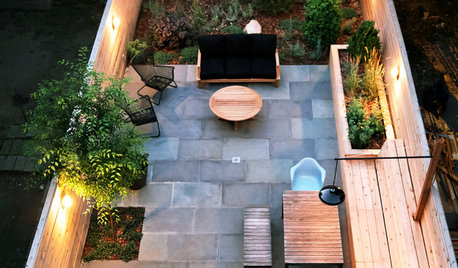
MOST POPULAR16 Ways to Get More From Your Small Backyard
Make a tight or awkward yard a real destination with these design tricks from the pros
Full Story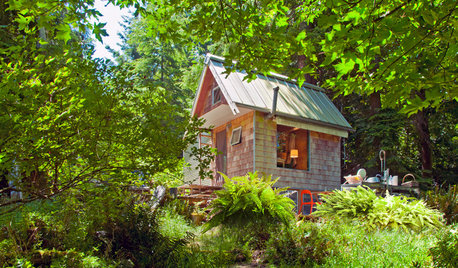
VACATION HOMES10 Cozy Cabins to Inspire Your Get-Away-From-It-All Dreams
These hideaways encourage relaxation, whether in the woods or in the wine country, on a mountaintop or at the shore
Full Story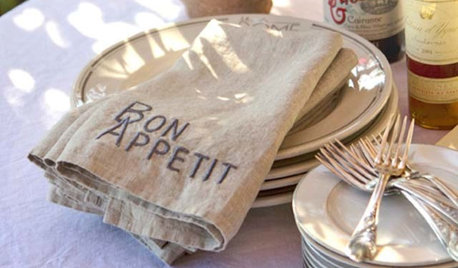
PRODUCT PICKSGuest Picks: Get Antiques-Fair Style Right From Home
Spare yourself the crowds and heat of Antique Weekend in Texas by picking up these similar-style finds online
Full Story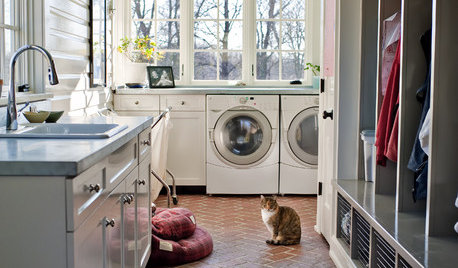
LAUNDRY ROOMSGet More From a Multipurpose Laundry Room
Laundry plus bill paying? Sign us up. Plus a potting area? We dig it. See how multiuse laundry rooms work harder and smarter for you
Full Story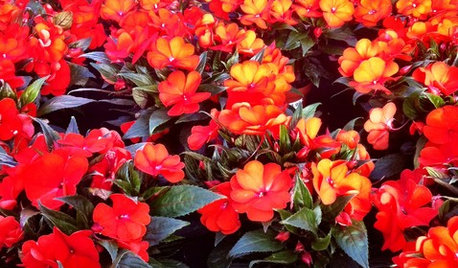
GARDENING GUIDESBright Plants for Flower Beds That Wow
From new annual and perennial varieties to grasses, get dramatic with swaths of color
Full Story
LIFECould Techies Get a Floating Home Near California?
International companies would catch a big business break, and the apartments could be cool. But what are the odds of success? Weigh in here
Full Story
SHOP HOUZZShop Houzz: Get a Fresh Look With Wallpaper
Update your space with wall coverings in every style, from subtle grass cloth to daring prints
Full Story






joneboy
dchall_san_antonio
Related Professionals
70037 Landscape Architects & Landscape Designers · Bellflower Landscape Architects & Landscape Designers · Erie Landscape Architects & Landscape Designers · Hershey Landscape Architects & Landscape Designers · Middle Island Landscape Architects & Landscape Designers · Pelham Landscape Contractors · Wakefield Landscape Contractors · Avocado Heights Landscape Contractors · Burien Landscape Contractors · Norristown Landscape Contractors · Panama City Beach Landscape Contractors · Pikesville Landscape Contractors · Rockland Landscape Contractors · Weymouth Landscape Contractors · Mount Pleasant Swimming Pool Builders